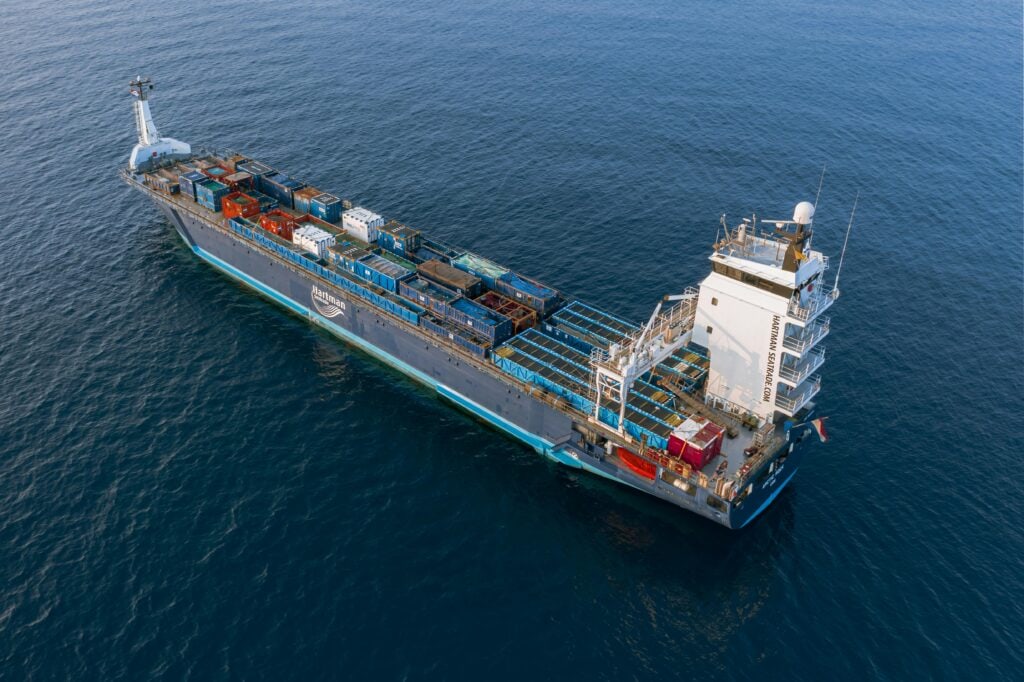Should B2B Companies Absorb Tariff Costs?
As global trade tensions persist, many B2B companies are reevaluating strategies around tariffs, specifically whether to absorb the extra cost in margins or pass it along. In a recent Forbes article, Avy Punwasee, Partner at Revenue Management Labs, outlines critical considerations before choosing to absorb these charges. It’s a timely read for decision-makers in procurement, finance, and operations navigating today’s complex trade environment.
Table of Contents
The 2025 Tariff Landscape
In 2025, renewed tariff activity is injecting volatility into supply chains. Major CEOs have warned that tariffs can prolong deal cycles, shift pricing power, and increase broader economic uncertainty. Punwasee emphasizes that companies must assess their exposure early and anticipate the ripple effects on revenue pipelines and customer relationships. For those leading pricing strategy or managing cost-to-serve models, understanding tariff exposure is no longer optional; it’s foundational.
Reassessing Cost Absorption
Before absorbing costs, companies should conduct a thorough cost-benefit analysis. This starts by identifying which goods are affected, using HS classifications and trade databases. Businesses must then estimate the incremental cost per unit and evaluate how that impacts overall margins. The key question becomes whether absorbing costs preserves customer volume and loyalty or leads to long-term erosion of profit. As we’ve seen in our work with clients, customer-focused strategies still need to protect the bottom line. A phased approach to pricing, beginning with temporary surcharges and later adjusting base prices, can help maintain control.
Rethinking Pricing Strategy and Communication
Strategic pricing decisions must be paired with clear communication. Surcharges provide flexibility and real-time adaptability but may require explanation. Base price increases are easier to implement operationally but can be seen as permanent. A hybrid approach, starting with a surcharge and folding it into base pricing later, can strike the right balance. Regardless of the method, transparent messaging is critical. Customers are more likely to accept increases when the rationale is explained and framed around fairness. These moments can also be an opportunity to reaffirm the value being delivered.
Building a Resilient Supply Chain
Diversifying the supply chain is another essential lever. Companies should evaluate sourcing from tariff-friendly countries or even reshoring production where feasible. Contract reviews are also important, particularly around flexibility clauses like force majeure and termination rights. Other strategies, such as bonded warehouses, duty drawback programs, and customs optimization, can help offset the cost burden. A dual-track approach, negotiating with current suppliers while sourcing alternatives, gives companies more leverage and minimizes disruption. For additional insight, click here.
Creating a Cross-Functional Response
Responding to tariffs effectively requires internal alignment. Many companies are building tariff task forces that include finance, legal, procurement, and sales. These teams monitor developments, conduct scenario planning, and coordinate cross-functional responses. Dynamic financial modeling helps decision-makers evaluate how various tariff levels would impact profitability and customer outcomes. Contracts should also be revised to include price adjustment clauses tied to tariff shifts.
Using Operational Efficiency to Offset Impact
Offsetting tariff-related margin pressure doesn’t rest on pricing alone. Investing in supply chain automation, smarter inventory management, and real-time analytics can reduce inefficiencies and free up capital. These tools offer clearer visibility into how tariff changes affect unit economics, helping leaders make faster, more informed decisions. Operational agility can become a hidden advantage when others are scrambling to respond.
The Bottom Line
Tariffs are not a temporary annoyance. They are a strategic pivot point. As Avy Punwasee highlights in Forbes, the decision to absorb tariff costs should never be made in isolation. It must be informed by cross-functional analysis, supply chain resilience, and customer dynamics. B2B companies that engage early, communicate clearly, and adapt their pricing intelligently will be best positioned to turn uncertainty into strategic advantage.




